If you decide to repair the premises with your own hands, you will need to correctly calculate the amount of materials that are needed for work. Applying plaster to walls is one of the most famous finishing methods. Decorative mixtures will help not only to level the wall, but also to create an unusual interior in the room. AT recent times many designers began to use them due to the economical consumption of material. However, in order to know how much mortar is needed for wall treatment, it is necessary to correctly calculate. In this article, we will explain in detail how to calculate the cost decorative plaster per 1 m2 of wall.
What influences
The main criteria affecting the required amount of decorative plaster used are:
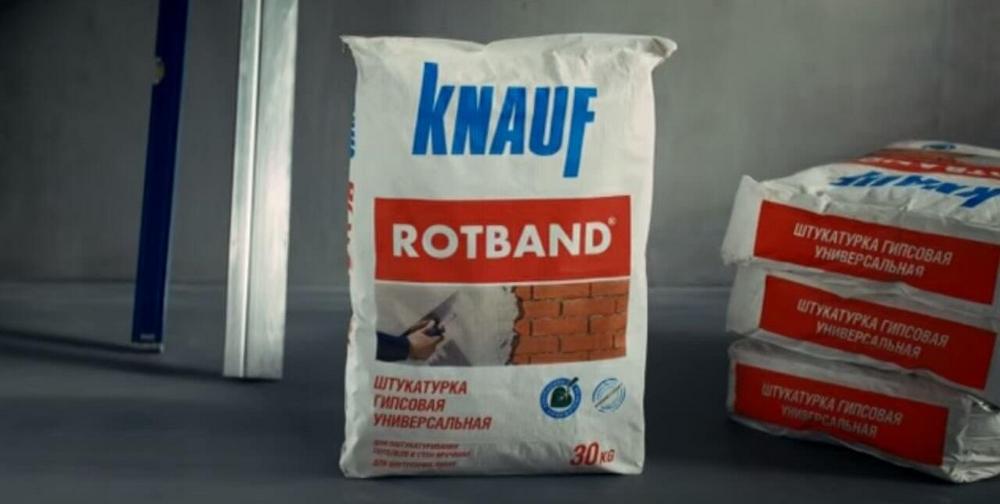
Typically, the consumption is indicated on the packaging, so we recommend that you read the instructions and recommendations from the manufacturer. For example, Venetian plaster has an average of 140 grams per 1m2. But the consumption of the bark beetle mixture is only 3 kg for processing 1m2.
After the main factors have been identified, we can talk in more detail about the calculation method.
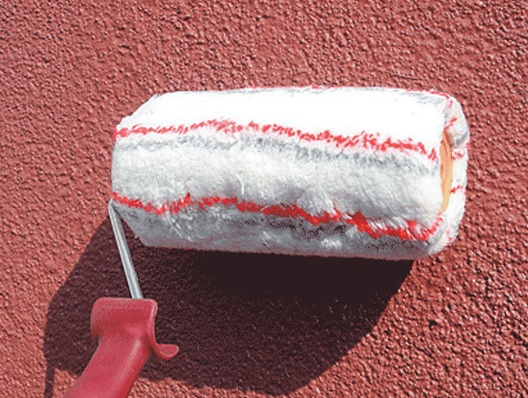
Calculation rules
For calculations required amount mix will need:
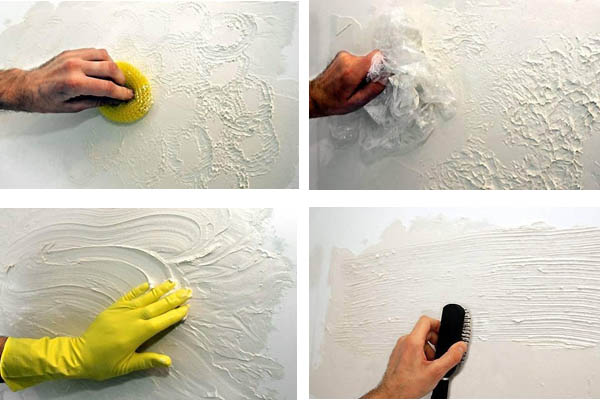
To make the technique more understandable, let's carry out all the necessary calculations in practice.
Example of layer thickness calculation
For example, we need to apply mortar to a wall with an area of ten m2, the unevenness of which reaches 5 cm. We select three points on the wall and measure the deviations. As a result, we get deviations of one, three and five centimeters. We summarize the results and get 9 cm. Divide the sum by the number of points and get 3 cm. As a result, in order to evenly process the wall, you will need to apply an average layer of 3 cm. In this case, 1 cm will be the thinnest layer, and 5 cm - the most thick. Also, do not forget that with installed beacons minimum thickness layer will be 6 mm.
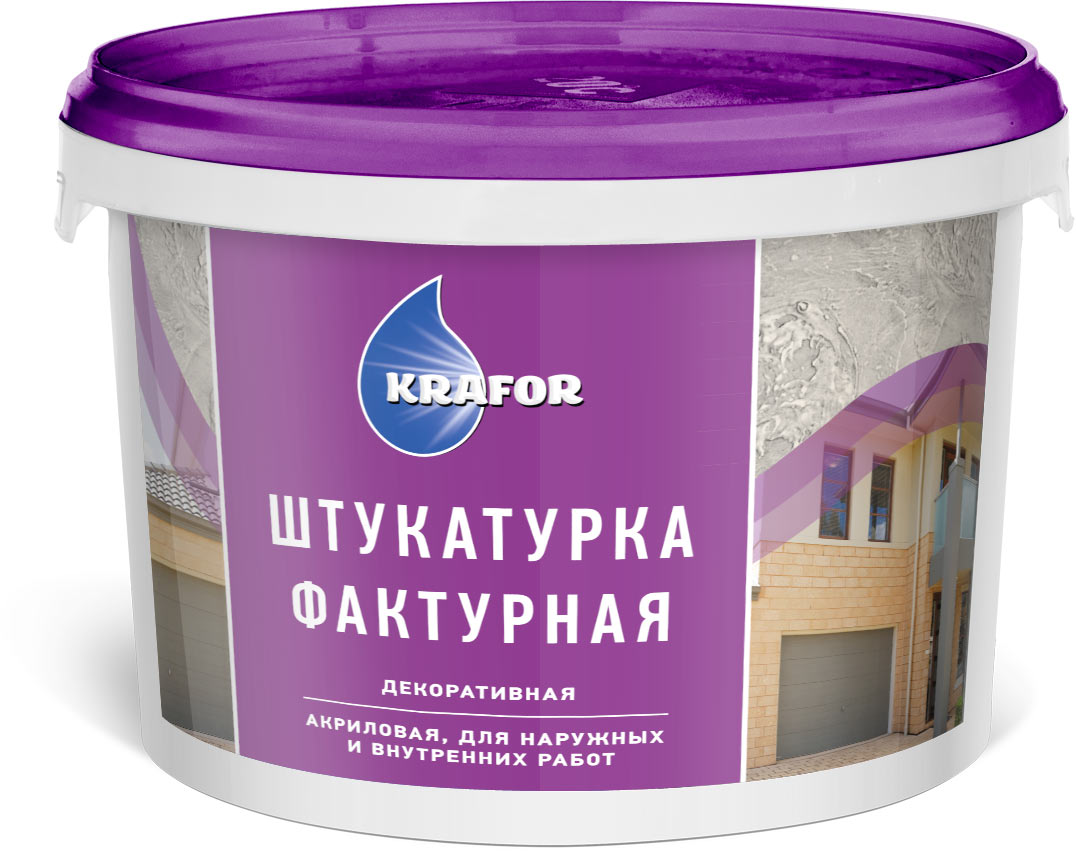
As a result of the calculations, we will determine what layer size is needed to evenly finish the wall with decorative plaster. Next, you will need to find out recommendations from the manufacturer of the solution. As mentioned earlier, the packaging indicates the consumption for processing 1m2 with a layer of one centimeter. If you have purchased high-quality decorative plaster from a well-known company, then there should not be any problems with the calculation.

Flow calculation
Then you can continue the calculations to determine how much solution will be needed. For example, decorative bark beetle plaster was chosen for wall decoration. According to the manufacturer's recommendations, for processing 1 m2 with a layer of one centimeter, 3 kilograms of the mixture are needed.
So, we need to apply a layer of 3 cm, and for this we need to multiply 3 kilograms by 3. As a result, we will get 9 kilograms of the required solution. As a result, to process a wall with an area of 1m2, 9 kg of solution is needed. But to finish a surface of 10 m2, you need to multiply 10 m2 by 9 kg. After calculations, we get the result of 90 kg.
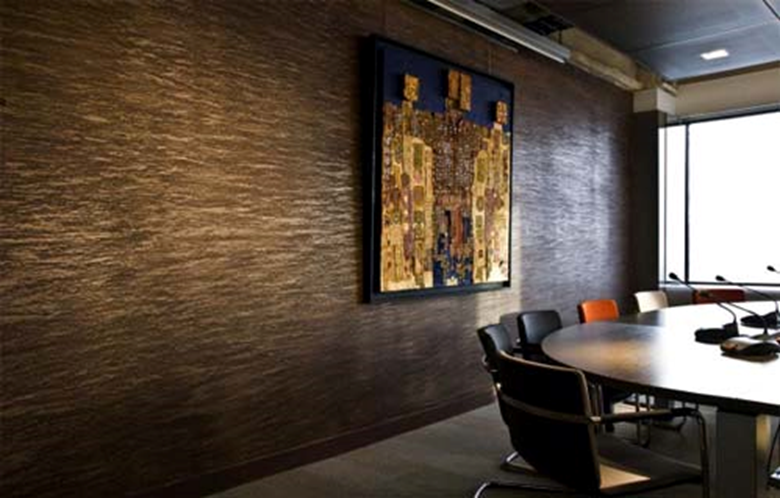
Suppose that our plaster is packaged in 30kg bags. Now let's find out how many bags are needed for a full lining. It will take 90 kg divided by 30 kg, and as a result we will get exactly three bags. We recommend, just in case, to buy with a margin and purchase four bags.
As you can see, the calculation method is quite simple. With the help of this, you can easily determine how much finishing is needed for wall cladding with a decorative effect. Even if you hired a construction crew to work, this will help control material consumption.
Consumption rates
As we said above, different types decorative plasters have different consumption per 1m2. Let's look at each type in more detail:
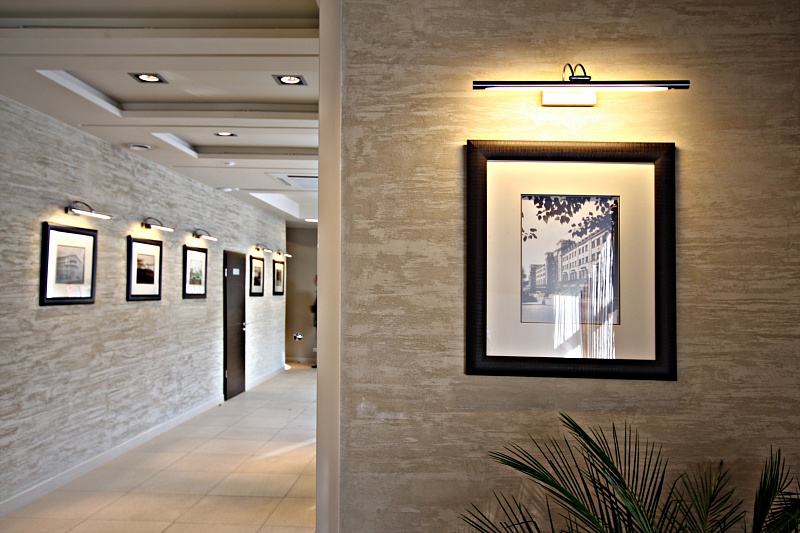
Summing up
In general, calculating the required amount of decorative plaster is a fairly simple task. Special attention devote to the collection of indicators, because if even the slightest mistake is made, all calculations will be incorrect. For a decorative mixture, a flat surface is extremely important, so if the wall defects are too large, it will be necessary to carry out additional plastering of the surface with an ordinary mortar without a decorative effect. Remember that all calculations must be carried out before going to the store. Pay special attention to the manufacturer's recommendations on the package, because the required amount of solution will be indicated there. We recommend watching a training video in which you can see in practice the process of measurements and calculations:
The consumption of decorative plaster depends not only on the area of the coating, but also on the thickness of the applied layer, therefore, before proceeding with the decoration of the walls, the necessary calculations should be made: how much and what materials will be needed to complete the entire amount of work.
At first glance, there are no difficulties in this - the surface area is multiplied by the average thickness of the applied layer. As a result, we get the desired value. However, not all so simple.
How to calculate the cost of plaster
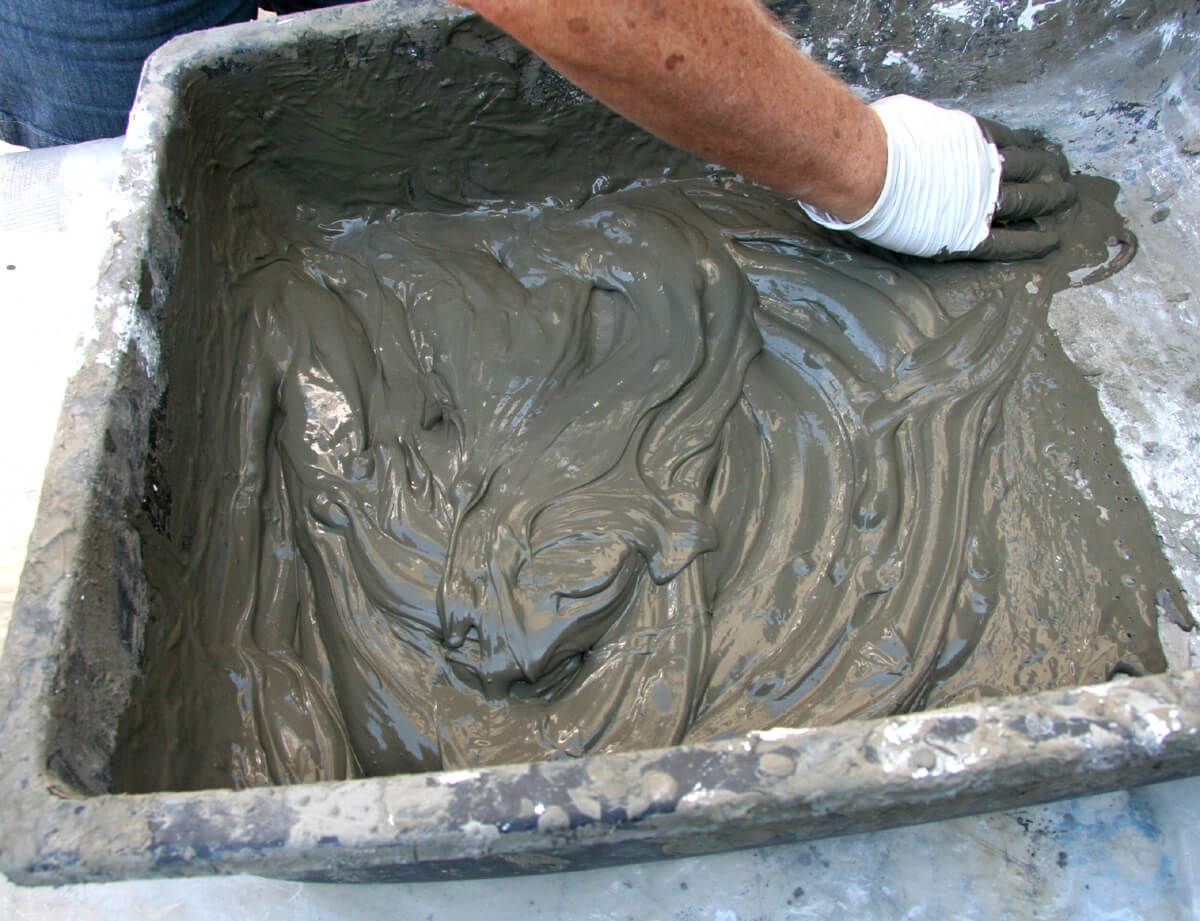 Experts suggest using two methods for calculating the need:
Experts suggest using two methods for calculating the need:
First: to calculate the required amount of plaster, which will be needed to perform repair or basic finishing works, are used:
- the area of all walls to be repaired in each room;
- data on the curvature of each wall;
- information on the yield of the solution of the finished mixture, which is obtained by dilution with water;
- weight, which will additionally fall on the walls.
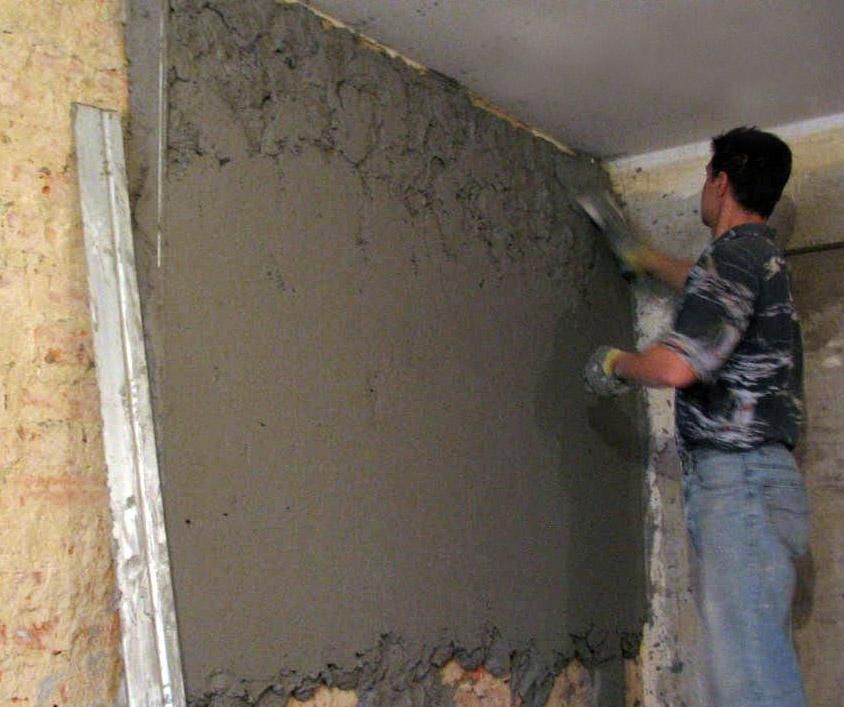 The thickness of the plaster should be no more than 4 cm
The thickness of the plaster should be no more than 4 cm The data on the first two indicators are of great importance, because many compositions cannot be laid in one layer. The maximum allowable thickness is 3-4 cm. If there is a need for a thicker layer, the wall is pre-reinforced with a special metal or fiberglass mesh. With such preparation, the thickness of the applied layer can be 5-7 cm.
When calculating the need for the finished solution, it should be borne in mind that in the instructions that are attached, all calculations are based on a thickness of 1 mm of the applied layer. Therefore, knowing how many square meters of area one package is designed for, it is easy to calculate its need in reality. To determine the need for a dry mix, the following formula is used:

In addition, one should take into account such an indicator as the weight of the plaster per 1 sq.m. For example, the weight of certain types of plaster reaches from 8 to 10 kg per square meter, and if the layer thickness increases several times, the weight of the plaster increases accordingly.
 Second: the instructions contain data on the amount of the finished mixture, which will be obtained by diluting the dry composition, as well as the amount of water required for this.
Second: the instructions contain data on the amount of the finished mixture, which will be obtained by diluting the dry composition, as well as the amount of water required for this.
- we calculate the area of \u200b\u200bthe working surface that is to be covered with a solution, multiply by the average thickness of the plaster, as well as the consumption ratio of the finished mixture;
- we multiply the result obtained by the amount of water recommended by the manufacturer of the dry mixture, which is necessary to prepare the solution;
- from the amount of solution that came out, we subtract the amount of water needed for a given volume of solution.
Consumption various types of decorative plaster
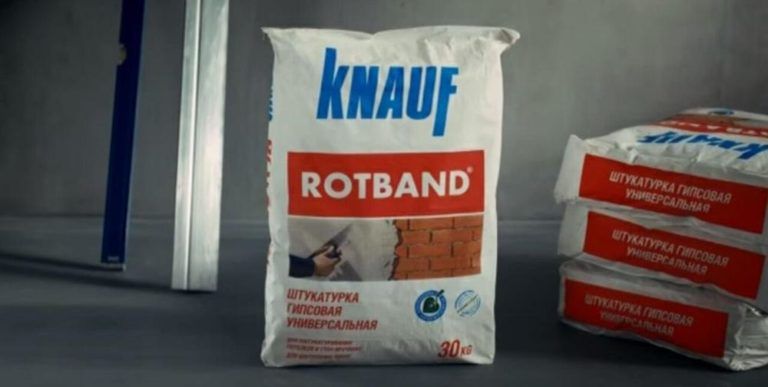 Plaster bark beetle will create a special relief on the wall
Plaster bark beetle will create a special relief on the wall Quite often, when finishing the surface of walls, bark beetle is used. Since there is a crumb in the composition of the solution. When applied to the surface, the composition takes the form of a relief coating, which is very similar to the bark of trees eaten by a bark beetle.
The thickness of the applied coating depends only on the size of the crumb, which is part of the solution. The larger the crumb, the thicker the applied layer and the larger the pattern. All detailed information about the consumption of plaster is in the instructions, but with a layer of 1 cm, the consumption of decorative bark beetle plaster per m2 will be from 2.5 to 4 kg.
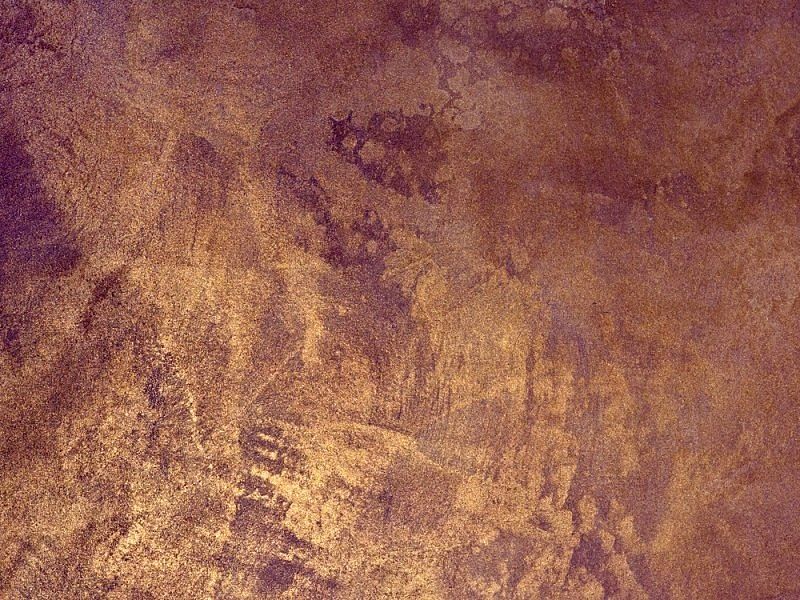
Venetian plaster is an equally popular finishing material. It is characterized by a very thin layer of decorative coating. It is not suitable for smoothing individual wall irregularities. With its help, an imitation of the finish coating is made under the appearance of stone, wood, and the basis for the manufacture of frescoes is created.
Before using the solution, you should preparatory work. The surface to be coated must be perfectly flat, since after applying the composition all the defects on the wall will be visible, so the surface is carefully puttied, sanded and coated with a primer in two layers.
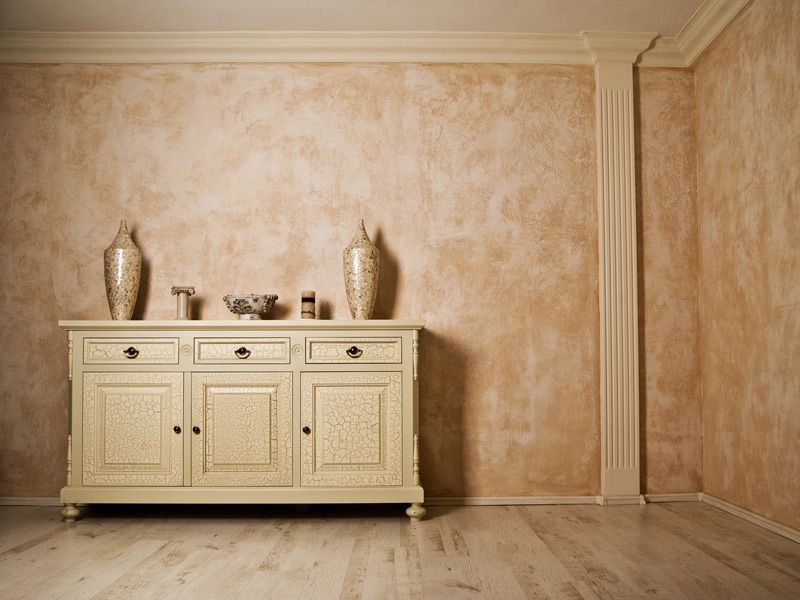 After the primer has dried, the finishing mixture is applied in two layers with arcuate or scattered movements, trying to do the job more or less evenly.
After the primer has dried, the finishing mixture is applied in two layers with arcuate or scattered movements, trying to do the job more or less evenly.
After the mixture has completely solidified, the surface is polished with zero-size sandpaper and coated with a special wax composition.
The consumption of the mixture is the smallest due to the thin layer of the applied solution. Usually 1 sq.m. consumed from 70 to 200 gr. dry composition.
In its final form, Venetian plaster will reflect everything like a mirror.
Texture for decoration
 To create an invoice, any roller is suitable
To create an invoice, any roller is suitable One way to finish walls that do not have a perfect surface is to use textured decoration. This type of finish allows you to hide all defects and uneven surfaces. Textured plaster is a fashionable trend in finishing work.
Specialists, to create a texture, use a simple roller covered with pile. The creamy mixture is applied to the wall with a roller and creates a unique pattern. You can use a roller with a pattern or ornament applied to its surface.
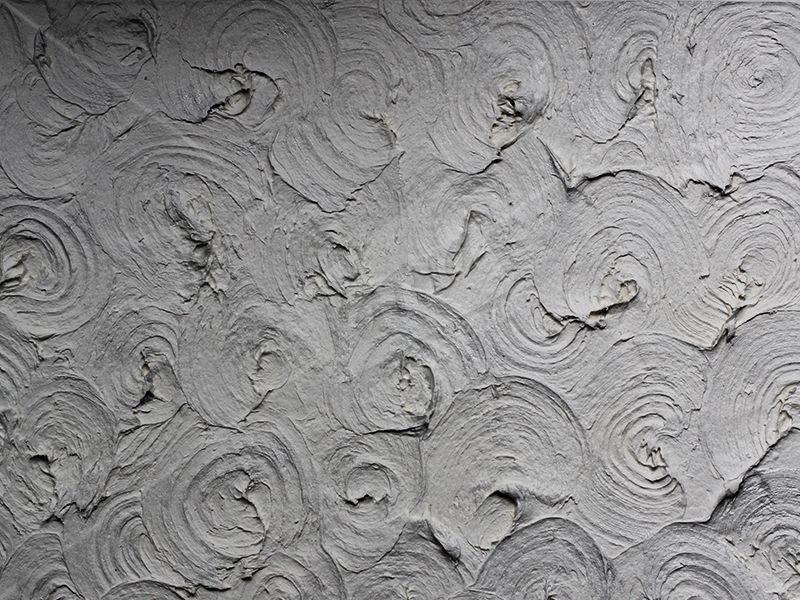 In addition, special stamps are used, which contain original drawings or images of an ornament on the working surface. By applying to the wall, the drawing is transferred from the stamp to the surface.
In addition, special stamps are used, which contain original drawings or images of an ornament on the working surface. By applying to the wall, the drawing is transferred from the stamp to the surface.
by the most in a simple way textured plaster can be applied with a spatula, trowel and brush. Such tools repeat the texture of a wild stone, manually create a variety of drawings and original, non-repeating ornaments. For more information on how to make plaster calculations, see this video:
After finishing the work, the surface of the wall is primed and several layers of paint are applied.
Interior decoration quite often involves plastering walls. Sometimes the material of the same name can be used as a decorative layer, but usually it acts as a base for wallpaper or tiles. Traditionally, cement or lime mortars are used in the process of such works.
You can cook them yourself, but in this case there is no guarantee of a successful outcome of the process. The layer can turn out to be uneven, and after a while it sometimes even becomes covered with cracks. Experts recommend purchasing ready-made solutions, it is better to choose those that are supplied to the market by trusted manufacturers.
The best choice
After reviewing the assortment of the modern market, you can find many mixtures for the described type of work. However, "Rotband" - plaster, the consumption per 1 m2 of which will be mentioned below - is a material with which you can level the surface, as well as give the walls decorative effect. However, before using such a composition, it is necessary to familiarize yourself with it more closely. The information below will allow you to understand what is the consumption of plaster.
Main advantages
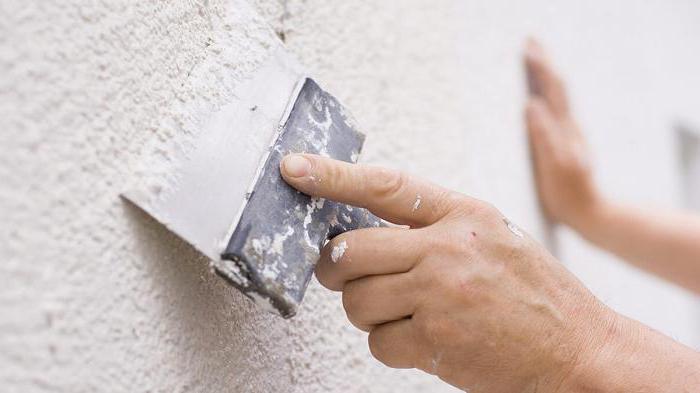
Plaster mixture from the manufacturer "Knauf" is a composition High Quality. It is characterized by non-shrinkage and a high degree of adhesion. Among the ingredients should be highlighted:
- polymer additives;
- gypsum;
- lightweight filler.
Gypsum plaster "Rotband", the consumption per 1 m2 of which you must find out before starting work, is great for ceiling alignment and walls in normally humid rooms. The solution can be used for internal works. Among the main advantages are:
- universality;
- reduced consumption;
- the possibility of forming a 50-mm layer at a time;
- excellent microclimate created by plaster in the room.
The Rotband mixture, the consumption per 1 m2 of which you can find out by reading the article, has a high ability to absorb water, which eliminates the dehydration of the layer and its delamination when exposed to temperature on porous substrates. With this mixture, it will be possible to form a thicker layer of plaster in just two applications.
In the manufacturing process, environmentally friendly gypsum is used, which indicates that the plaster is harmless. It can be a solution that can be used as a surface protection compound for combustible materials. The plaster is easy to use, it is suitable for beginners. The layer does not imply the need for puttying and is suitable for staining. The plaster dries pretty quickly, it can be used to create textured surfaces.
Plaster consumption
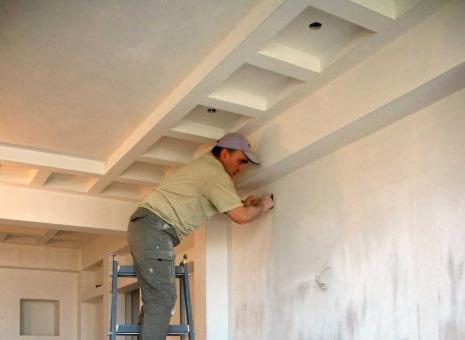
Plaster "Knauf Rotband", the consumption per 1 m2 of which is 8.5 kg, allows you to get 36 liters of mortar from a 30-kg bag. The mentioned consumption is relevant for a layer thickness of 10 mm. It is important to correctly determine the volume of the gypsum mixture in order to eliminate unnecessary costs. If you want to plaster a wall with an area of 10 m 2, then you should determine the thickness of the middle layer. In order to find out the flow rate, it is necessary to inspect the wall for deviations. If there are any, you need to add them, and then divide by the number of values. For example, if the deviations were 1; 3 and 5 cm, then the final value will be 3.
In order to achieve uniform plastering, the middle layer of the mixture must have a thickness of 3 cm. The minimum layer will be 1 cm, while the maximum is 5 cm. Once you have determined the average layer of plaster, you can perform the calculation. The above consumption rates should be multiplied by the average thickness, this will allow you to get the plaster consumption. 8.5 should be multiplied by 3, which will give 25.5 kg per square meter.
If you decide to use Rotband Knauf for work, it is very important to determine the consumption per 1m2. However, it will be necessary to take into account the entire area. The walls will need 255 kg. This figure is obtained by multiplying 10 m 2 by 25.5 kg. Most often, 30-kg bags are on sale, which will allow you to determine how many bags you need to buy. Divide 255 by 30 to get 8.5 bags. Due to the fact that the consumption is always slightly more than the calculated one, the number should be rounded up. For plastering, you will need 9 bags, this calculation is relevant for the example discussed above.
Specifications
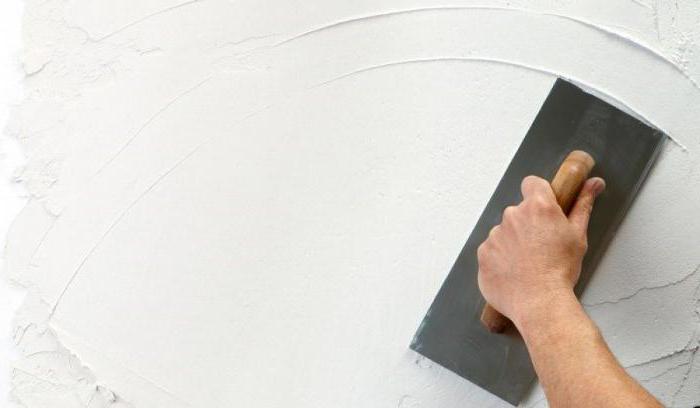
"Rotband", the consumption per 1m2 of which was mentioned above, has quite outstanding specifications. For example, the layer thickness for ceilings can vary from 5 to 15 mm. As for walls, this value can be equal to the limit from 5 to 50 mm. The grain size of the filler is 1.2 mm.
For every 30 kg of dry mortar, a certain amount of water will be needed, it will be added in a volume of 18 to 20 liters. The density of the plaster is 950 kg/m 3 . The applied layer will dry in one week, but the ready-made solution will have to be used in 25 minutes or less. "Rotband", the consumption per 1 m2 of which you should know, is offered for sale in bags of various sizes, among them:
- 5 kg;
- 10 kg;
- 25 kg;
- 30 kg.
You should not purchase plaster in advance, because its shelf life in intact packaging is only six months.
Surface preparation
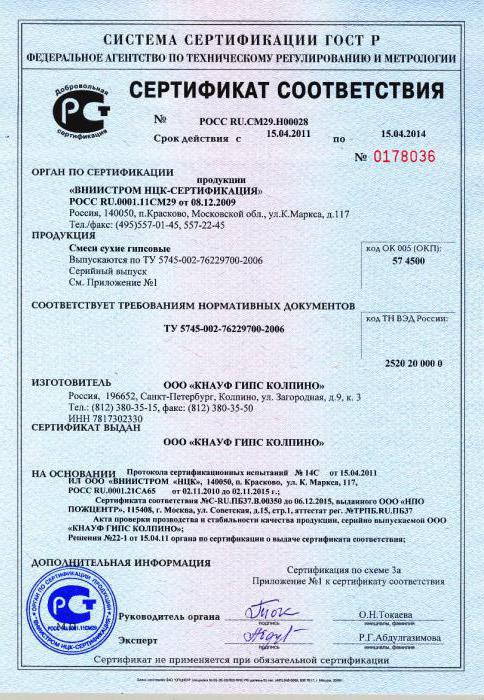
Before applying the Knauf Rotband plaster, it is recommended to ensure that the surface is dust-free, durable and dry. It should be freed from pollution, as well as accumulating elements. If you have to work with concrete surface, then formwork lubricant must be removed from it.
Before starting plastering work, care must be taken that the temperature of the substrate is +5 °C or higher. This value also applies to the room temperature. "Rotband", the consumption per 1 m2 of which is quite economical, is applied to the base, which is pre-treated with a primer. This is true for highly absorbent surfaces.
Preparing the mixture
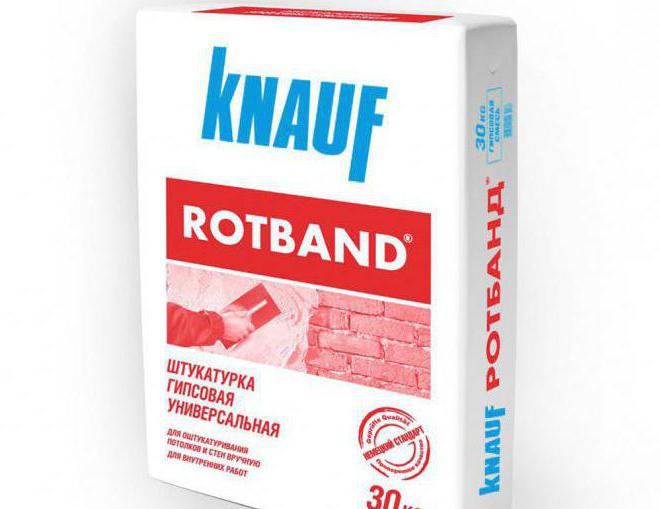
In order to prepare the mixture, it is necessary to pour 18 liters of water into the container, where after 30 kg of plaster are added. Do not close the entire volume of the bag. To begin with, the master should pour in about 8 trowels and mix the resulting volume. The remaining mixture is poured after and mixed well until a homogeneous mass is obtained. You can use a mixer in this process. The solution is left for 5 minutes and then mixed again. After the start of applying the mortar to the base, it is impossible to add a dry mixture and water to it.
Application features
Rotband plaster, the consumption per 1 m2 of which can be called quite economical, should be applied to the surface within 20 minutes. It is this time that the mixture will be enough to cease to be suitable for work. If it is necessary to form a thicker layer, then the first one is processed with a plaster comb. After it hardens, you can start applying the second layer. After an hour, the surface can be leveled with a metal spatula. If you plan to lay on a plaster layer ceramic tiles, the thickness of the preparation may be 10 mm or less.
Conclusion
If a plaster mix applied before subsequent painting or wallpapering, then 15 minutes after completion of work, the surface is wetted with water and rubbed with a hard sponge float. To obtain a glossy surface, 3 hours after applying the mixture to the walls, the plaster must be moistened and re-smoothed with a metal float.




















